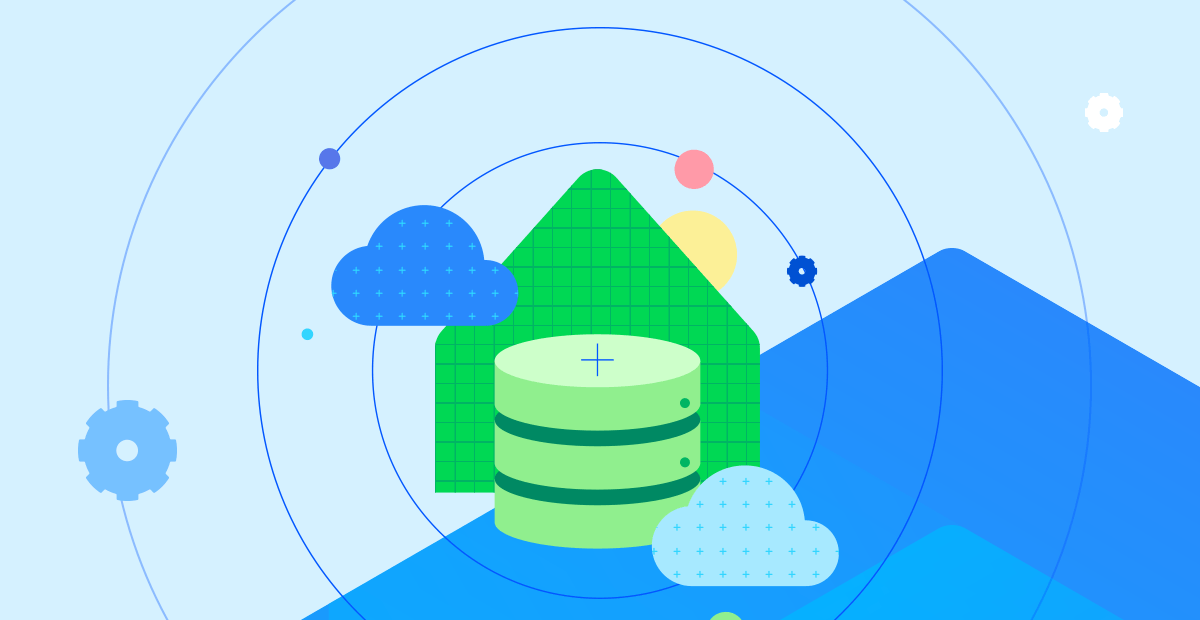What Is a Data Warehouse and Where Does DataDirect Fit In?

You might read this title and wonder: why would anyone write a blog about a data warehouse when they were introduced decades ago? Data warehouses continue—along with Progress DataDirect integration tools—to play an important role in the enterprise. In fact, the global data warehousing market is projected to reach $51.18 billion by 2028 according to Allied Market Research.
So, let’s get to it…. A data warehouse acts as a centralized repository that stores, manages and analyzes expansive amounts of both semi-structured and structured data from various data sources. With the uptick in analytics and business intelligence programs, a data warehouse’s true value comes from query and analysis, rather than transaction processing.
What Makes Up a Data Warehouse?
A data warehouse is essentially an archive of data from multiple sources from which a user can extract relevant data and build reports for analysis. That data can be structured or unstructured.
- Department and use case focused: Data warehouses are flexible and can be organized to meet the decision-making needs of the business. They can be organized by departments like customer service, customer relations, marketing, etc. This flexibility speeds the data analysis process, getting information into the hands of the right people faster.
- Integrated: Data from various structured and semi-structured sources can be readily combined to improve consistency and help reduce duplication of effort. This capability again speeds up the creation of needed reports.
- Time-Variant: To promote better BI and analytic outcomes, the organization can decide how to store data based on the time it was created. Transactional databases generally store only current data, while a data warehouse can store both current and historical data.
- Non-Volatile: Once data is stored in the warehouse the user cannot change it. This, along with proper data management practices, makes it a reliable source for analytics and business intelligence.
Components of a Data Warehouse
The main components of a Data Warehouse consist of:
- Data Sources: It’s amazing the amount of data sources available to the organization. These include both internal and external data sources that populate data from their source to the data warehouse.
- ETL Process: Think data integration here. ETL, or Extract, Transform, Load, involves extracting data from source systems, transforming it into an appropriate and consistent format and then loading it into the data warehouse.
- Data Storage: This is the repository where the newly formatted data is stored.
- Metadata: This involves the all-important “data about your data.” Metadata simply identifies the data inside the warehouse and how it is formatted. Users can then use that metadata to begin the business intelligence and analytics process.
As a side note: traditional data warehouses are on-premises, requiring significant infrastructure, maintenance and upfront costs. Cloud data warehouses offer scalability, cost-efficiency and reduced management overhead by leveraging cloud services. This allows for dynamic resource allocation and easier integration with other cloud tools.
But What About Progress DataDirect?
At this point, you might be thinking, “I get what a data warehouse is, but what does any of this have to do with Progress DataDirect?” Well, DataDirect is designed to give you secure and expedient access to your enterprise data to enable your organization’s BI and analytics programs.
How DataDirect Works with Data Warehouses
Data Connectivity
Data provides no value to an organization unless those who need it can easily gain access to it. DataDirect gives organizations the ability to connect to their data, regardless of where it lives, so that business intelligence (BI) and analytics applications have timely and accurate data to work with.
Performance Optimization
Two big issues organizations have with data warehousing are slow response times when querying data, and scalability concerns as data volumes continue to grow. The ability to optimize data access performance is a key advantage of DataDirect. Using advanced techniques like load balancing, connection pooling and caching, DataDirect helps minimize latency and shrink query response times.
Data Integration
While DataDirect isn’t considered an integration solution in the realm of what IBM and Informatica offer, it does aid the process of extracting data from diverse data sources. By providing real-time access to data, DataDirect allows for timely extraction, transformation and loading operations so organizations can work with current data.
Security and Compliance
Data security is paramount for any data warehouse. DataDirect offers several features to help protect sensitive data including encryption, access control and authentication. It also supports an organization’s work toward compliance with industry standards and regulations. Learn more about the product's security profile.
Cloud and Hybrid Environments
With the proliferation of hybrid and cloud environments, DataDirect connectivity solutions support data warehouses whether on-premises or cloud-based. This means organizations can maintain continuous integration with their data infrastructure while taking full advantage of the scalability and cost-effectiveness of the cloud.
Final Thoughts
While many people wrote off the data warehouse back in the day with the hype generated by Hadoop, it remains a vital part of an organization’s infrastructure and strategy. Evolved from its beginnings back in the 1980s to reflect the reality of the cloud and the growing emergence of artificial intelligence, DataDirect has you covered.
To learn more about what DataDirect is doing in this space, visit our Data Warehouse page.

Todd Wright
Todd Wright leads Global Product Marketing for OpenEdge and DataDirect solutions from Progress. He works closely with the product management and sales organizations to create and promote materials that are relevant and valuable to Progress customers. He is instrumental in developing customer relationships and creating strategic marketing plans that drive awareness, consideration, education and demand for Progress.
